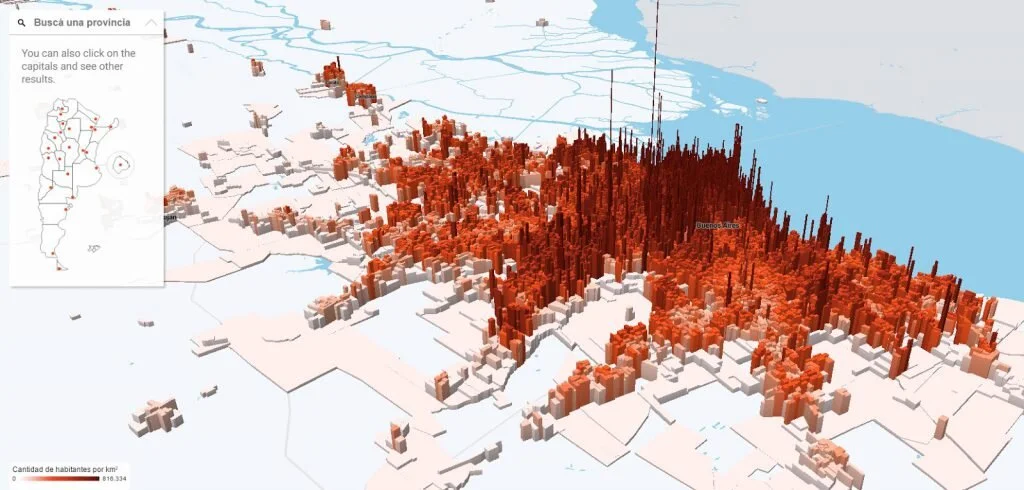
Population Size Density and Growth
Reasons Behind the Stats
What has affected Argentina’s Population Size?
One thing that contributed to the current population of Argentina is that heaps of people immigrated to Argentina. In the mid 19th century, there was a lot of people immigrating to Argentina because Argentina was encouraging immigration to their country. People were also wanting to escape problems in their own countries such as poverty, war and hunger and came to Argentina hoping for a better life. Most people immigrated from Europe, Russia and Japan. The immigration rate was so high that Argentina got the second largest number of immigrants in the world!
Reasons why Argentina’s cities are so dense
There is high density in Argentina’s cities with about 76% of people living in apartments and over 90% of people living in the city, unlike Australia’s cities with 38% in apartments and 70% living in the city.
One reason for this is that between 1950 and 2005, Argentina’s urban population over tripled while its rural population halved. A lot of rural people moved to the city in search of money and a job, but many ended up living on the outskirts of Buenos Aires in populated slums.
Most of European immigrants also settled in the cities which offered jobs and education, and allowed them to enter the middle class.
Argentine city (Rosario)
Australian city (Perth)
Factors that Impacted Population Growth
Fertility
another major influencer of Argentina's population is the fertility rate (the number of live births per woman). Although the population continues to grow, it is at a slower rate because the dropping fertility rate.
As you can see in the graph at the top, the fertility rate peaked in about 1982, at approximately 3.4 live births per woman and is at its lowest right now at about 2.3%. This might be to do with employment and the ability to control family size, though no one really knows.
Life expectancy has been improving, mostly for the young and the poor, but this isn’t having much of an impact on growth.
Migration
As you can see in this graph, immigration and emigration had a big effect on the population growth rate in 1950, but doesn’t really effect it currently - the red and black lines both on about 1%.



